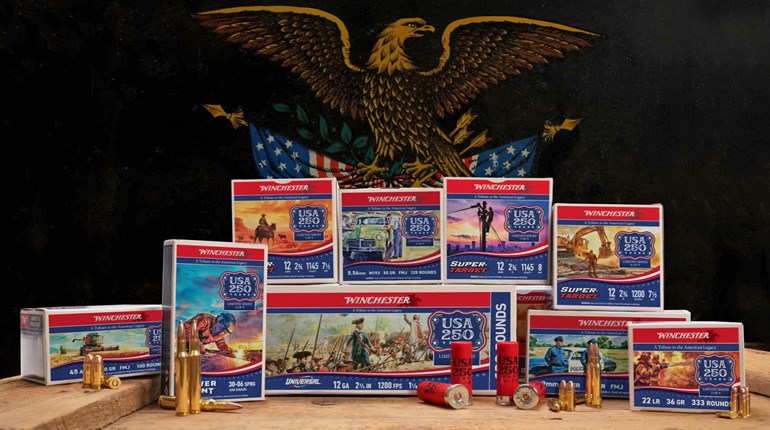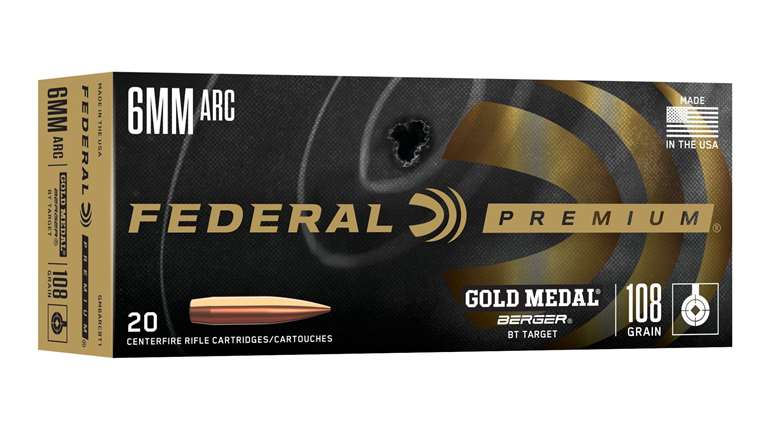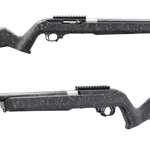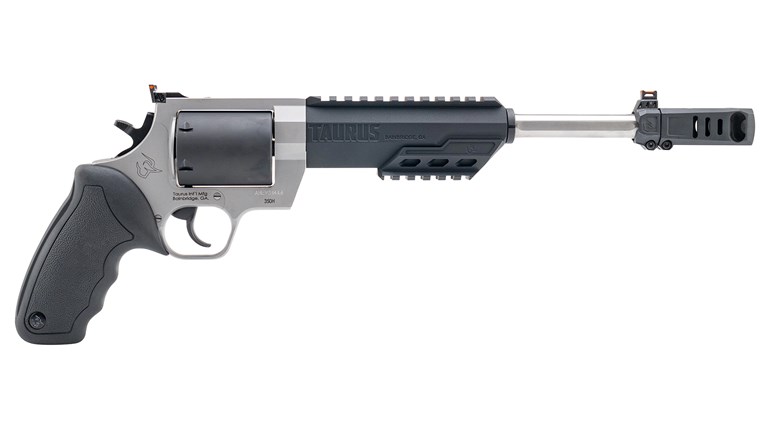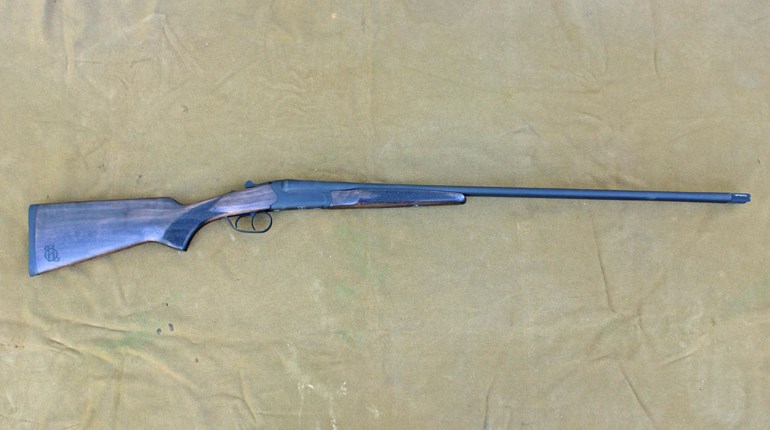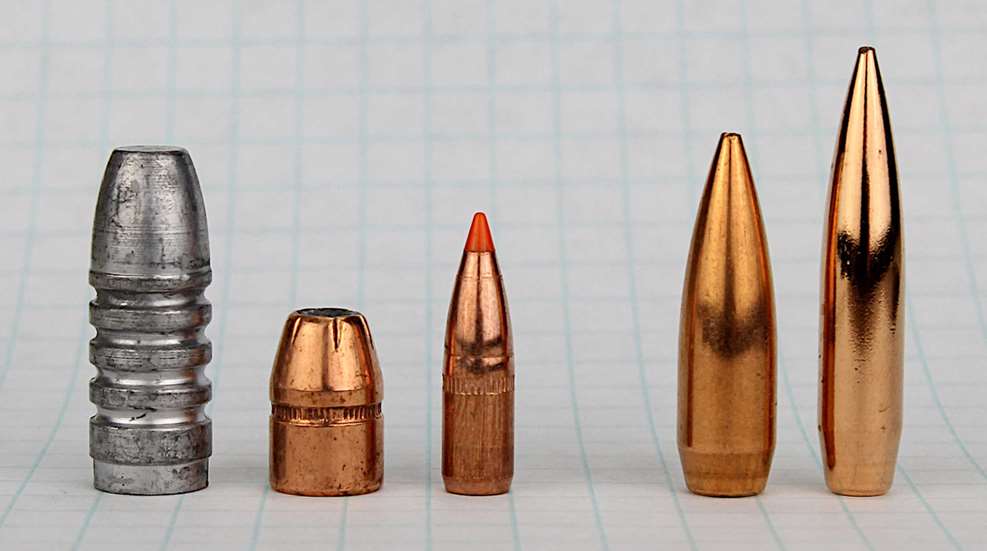
Language is a convoluted, fluid thing, and we express much of our conversation in a verbal shorthand. You might tell me your long-range bullet of choice is a “six five,” and we both understand you to mean the bullet has a diameter of six and a half millimeters (6.5mm). But if you said it has a ballistic coefficient of “three forty-seven,” (.347), what would you answer if someone asked you, “Three forty-seven what?”
Measuring BC
In measuring or comparing anything, we must reference it to something, whether we’re measuring distance, sound, light, bullet trajectory or any other property. For example, we commonly measure temperature in reference to the standard of the freezing and boiling points of water (0° and 100° Celsius) at sea level. You might measure the length of your living room in reference to standard inches or feet. So, when we talk about a bullet’s ballistic coefficient, what are our units of measurement? For that matter, what is a “coefficient?”
A coefficient in physics is a multiplier or factor that measures something; for our purposes, “ballistic coefficient” is the measurement of how well a bullet can maintain its velocity compared to a standard reference. But what is our reference in this measurement? In measuring your living room, you compare (reference) the distance between walls to the standard inches marked on a tape measure. For measuring a bullet’s aerodynamic efficiency, ballisticians compare it to a “standard projectile.” The standard projectile serves as a kind of tape measure. In the above example, .347 is a reference to a standard projectile with an assigned value of 1. The higher that fractional number—that is, the closer it approaches 1—the higher the bullet’s ballistic coefficient (BC) and the better it can maintain its velocity. As you know, maintaining velocity is a requirement for shooting accurately over longer ranges.
G1 vs. G7
A problem facing shooters, however, is that there is more than one standard projectile referenced by bullet makers, and each has its own multiplier that changes a bullet’s resultant numerical coefficient. Mathematical BC changes with velocity, which becomes an important factor when shooting over longer distances, and the older, most-used standard projectile (G1) isn’t the right shape for accurately representing lanky, boat tailed long-range bullets.
Standard projectiles come in different shapes, similar to how your tape measure might be marked in inches or centimeters or even vershoks. Numbered G1 through G8 (and a few others), the standard projectiles that concern shooters are the G1 and G7, because those are the two typically used in the bullet making industry to present us with BCs.
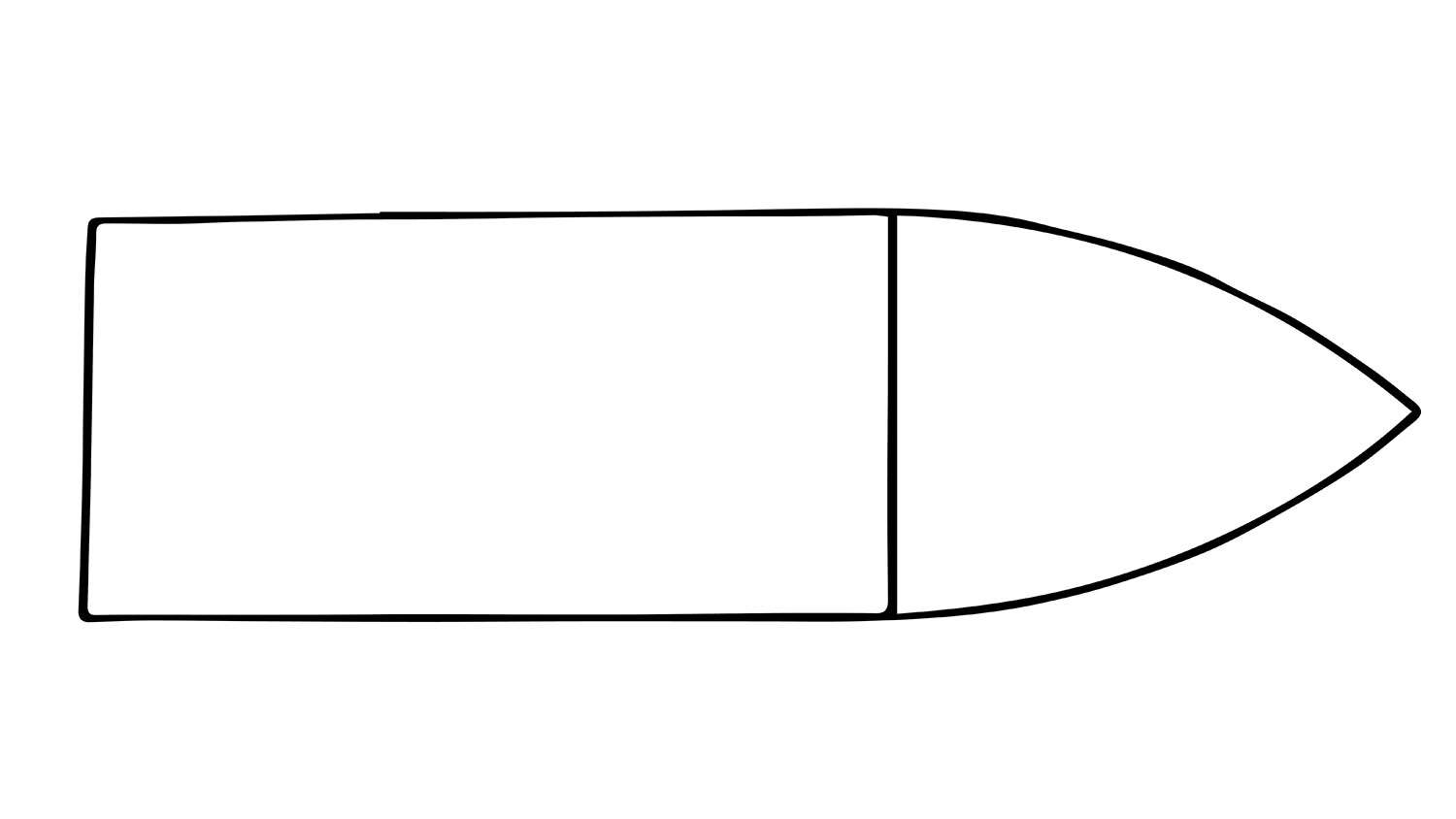
Until recently, bullet manufacturers have been using the G1 standard projectile exclusively to give us their bullets’ BCs. In outline, the G1 standard projectile with its short nose and flat base appears very similar to the lead bullets from black powder metallic cartridge days, and it is still an adequate reference for expressing the BCs of short-range pistol bullets and many flat base rifle bullets. But the G1’s profile is so different from the shape of today’s boat tailed long range bullets—and even further from the reality of secant ogive bullets—that ballisticians using the G1 can only reasonably assign a BC based on a single velocity to any given boat tail rifle bullet.
As the bullet loses velocity, the velocity number used in figuring its coefficient goes down, so you can see that true BC actually changes with velocity and distance. In claiming a specific G1 BC for a boat tail bullet, makers overcome this math obstacle by basing the claimed G1 BC either on the bullet’s muzzle velocity, rendering a highest BC, or averaging the velocity over distance—resulting in a lower BC. Either way, the G1 fails to give us a real-life BC for our long-range bullets.
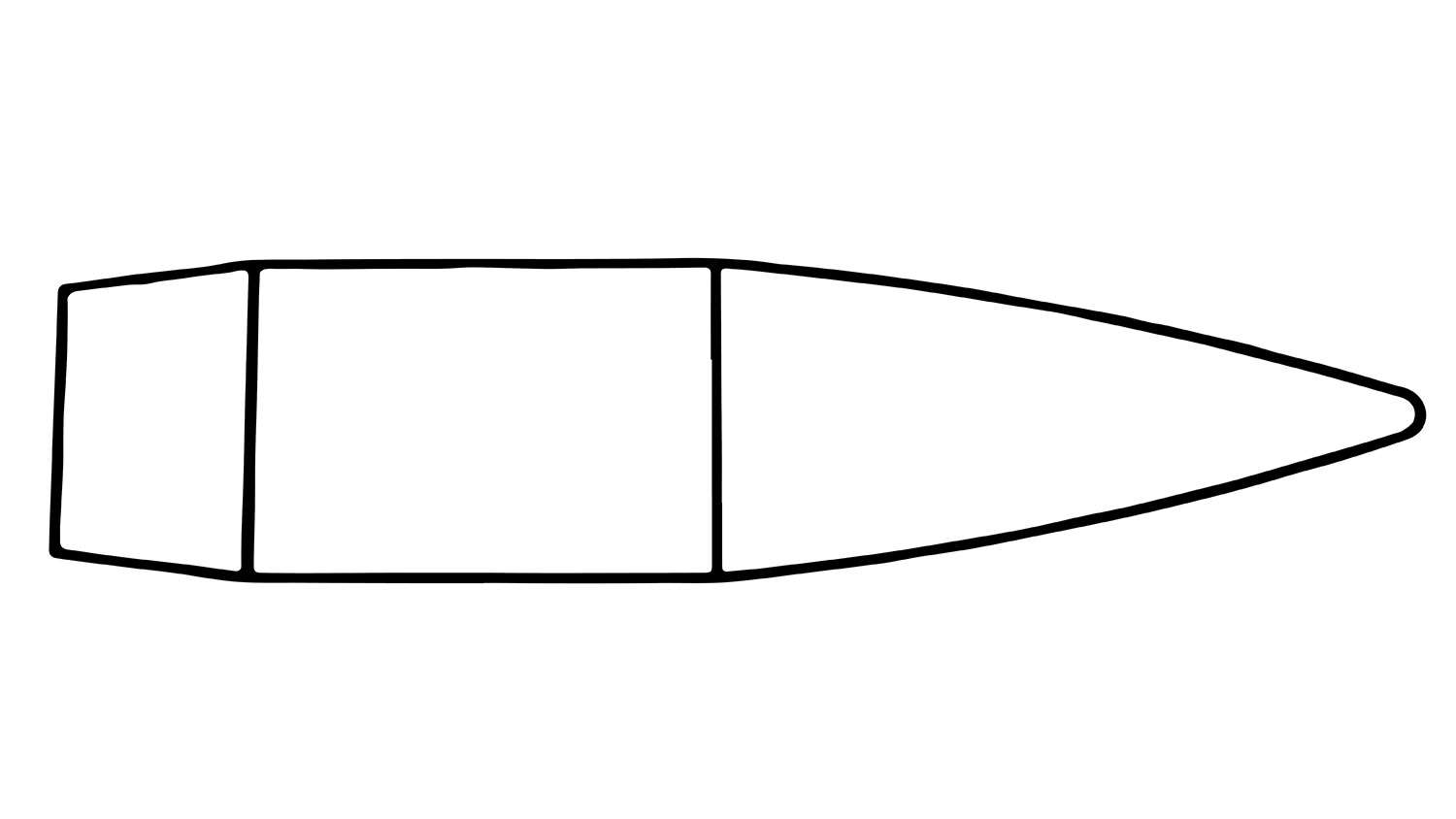
The G7 standard projectile more closely represents today’s boat tail bullets and assigns them a more realistic BC than does the G1. Most importantly, the G7 also renders an accurate BC at all velocities for a boat tail rifle bullet. Thus, bullet makers are beginning to offer us G7-based BCs. While that’s a good thing, shooters must be aware which standard projectile the maker is referencing if we’re buying based on BC numbers. A G1-based 6.5mm bullet may have a BC of .500 at muzzle velocity, but at 600 yards that BC may fall off well below the BC of say, a .325 BC 6.5mm bullet based on the G7, which maintains its .325 BC throughout its flight. To eliminate buyer confusion, some bullet makers are identifying either G1 or G7 as their standard projectile reference when they label their boxes with BCs.
Software requirements
Knowing which standard projectile the maker is referencing is a required input for many ballistic software programs when shooters want to use these to figure a bullet’s drop and wind drift. Many free online ballistic calculators and smartphone apps allow users to select G1 or G7 BCs to figure drop and wind drift of their bullet. Berger Bullets’ calculator permits selecting G1 or G7-based BCs. Those at Gundata.org and JBM Ballistics go even further in allowing selection of G1, G2, G5, G6, G7 and G8 standard projectiles.
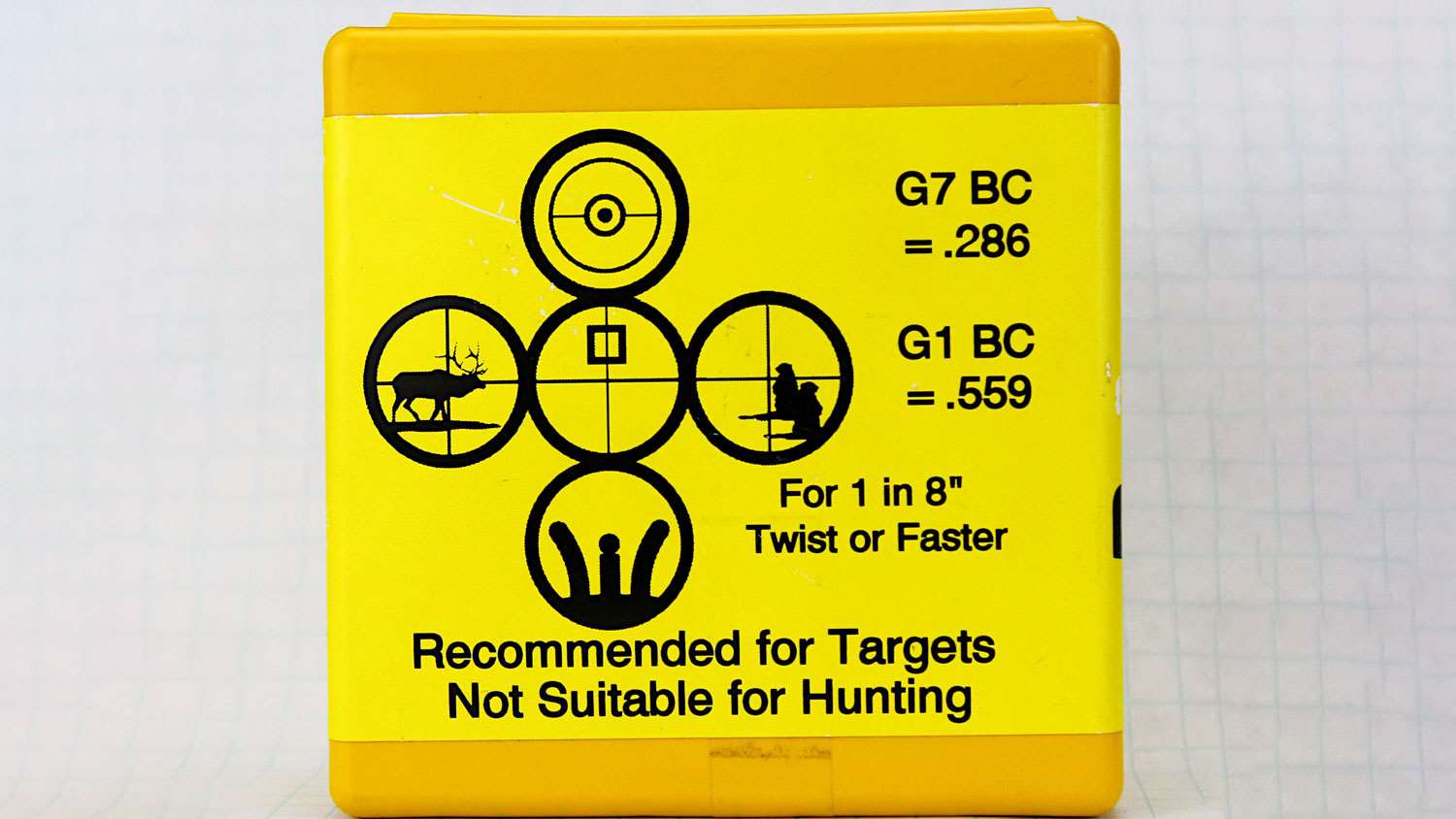
Though bullet design has changed over the decades, many, perhaps most, bullet makers still reference the G1 standard projectile, not to be disingenuous with an exaggerated BC, but because the G1 has become entrenched in the industry. But measuring modern high-performance boat tail and secant ogive rifle bullets with the G1 standard projectile is akin to measuring a 30-foot wide living room with a 12-inch ruler—it just isn’t the best tool for the job.
Finally—the answer to the question posed in the first paragraph is, “Three hundred and forty-seven thousandths of a G7 standard projectile’s ballistic coefficient.” But who speaks like that?
Additional reading:















